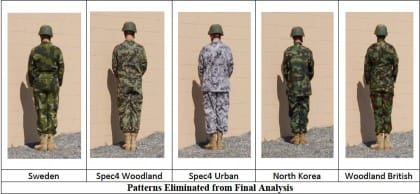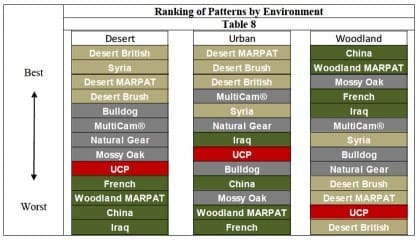Unless you’ve been living under a rock, or failing to read Soldier Systems Daily, you know that in response to Congressional calls for a new camo pattern for operations in Afghanistan, the Army announced that they would test two patterns in October. The Army Times obtained a Natick test report for a camouflage study conducted from 2007 – 2009 of 18 different patterns. This report has now been released by the Army to the press and Soldier Systems Daily has extracted some of the major points from this test report. This is the first in a series of reports that attempt to make some sense of the report and cut through much of the conjecture and hyperbole found on the internet.
The following patterns were actually tested:
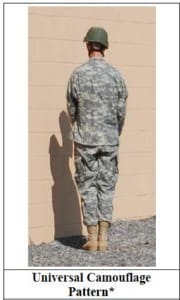
The Army’s current issue UCP was used as a baseline.
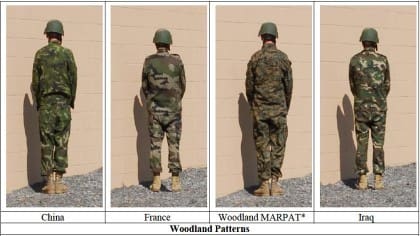
Four Woodland patterns were included in the test.
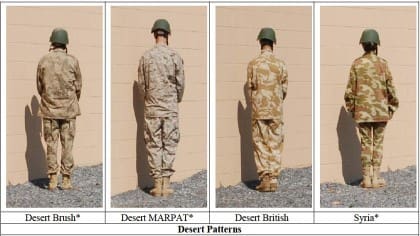
Four Desert patterns were used for testing.
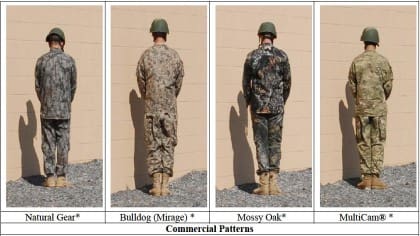
Natick also included four commercial patterns, all of which have been seen limited use by US troops.
The following patterns were eliminated from testing for a variety of reasons but mainly due to poor performance. In some cases the performance was low but this combined with limited accessibility for US forces or similar factors the patterns were eliminated.
From the report:
“Although detection data were collected on 18 patterns, five patterns (i.e., Sweden, Spec4 Woodland, Spec4 Urban, North Korea, and Woodland British) were eliminated from the final data analysis. The two Spec4 patterns were not available for desert image collection; therefore, they did not have a complete data set. Sweden, North Korea and Woodland British were eliminated, due to being the worst performers in two out of the three environments. Their similarity to other woodland patterns was further justification, although it must be noted that detection data are available for further analysis, if desired.”
Finally, the report’s authors produced a very handy chart that show the overall performance of each pattern by environment. You are going to be genuinely surprised when you read the results. How they fared:
Ultimately, the entire report can be summed up very simply. As one reader who is a retired Special Forces Warrant Officer put it, “Nothing earth shattering; desert s@&* works great in the desert and green s@&* works great in the green area.”
Special Thanks to Defense Tech for the advanced copy of the report and for hosting it in PDF form for the public.


